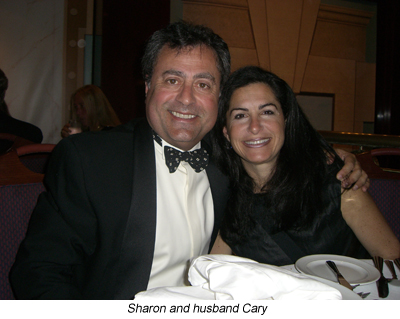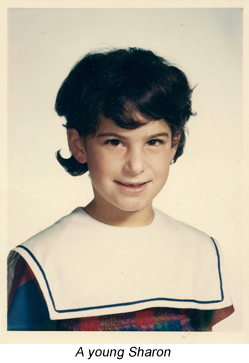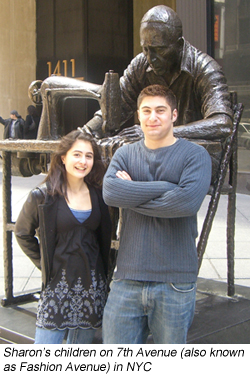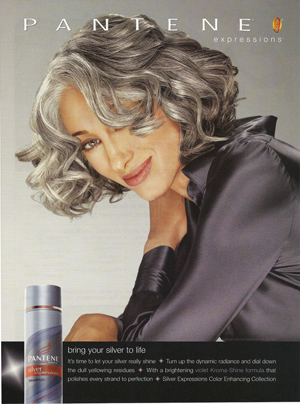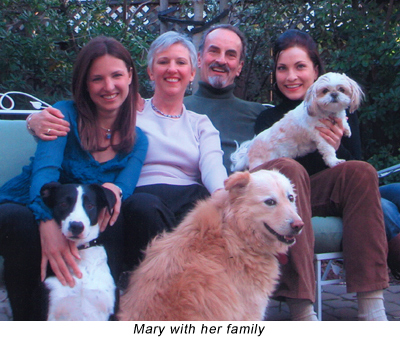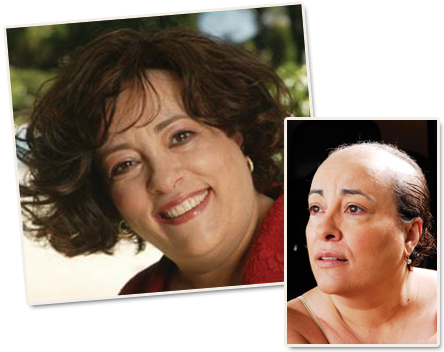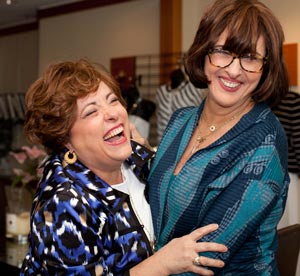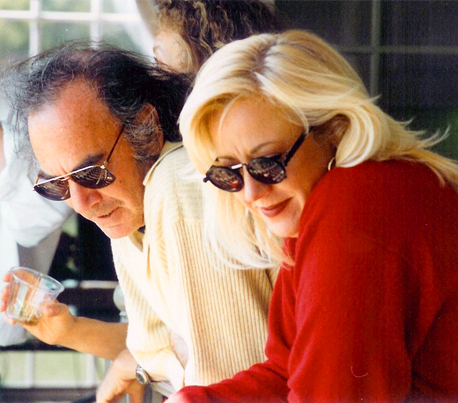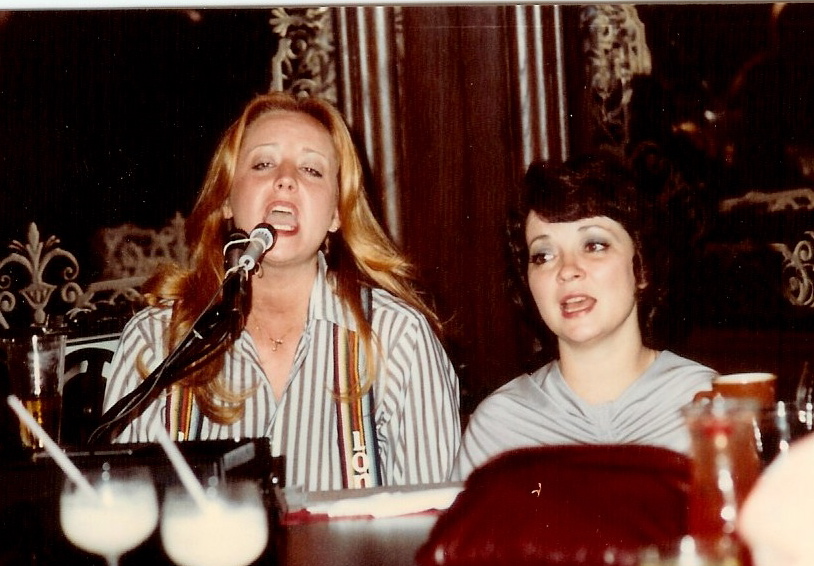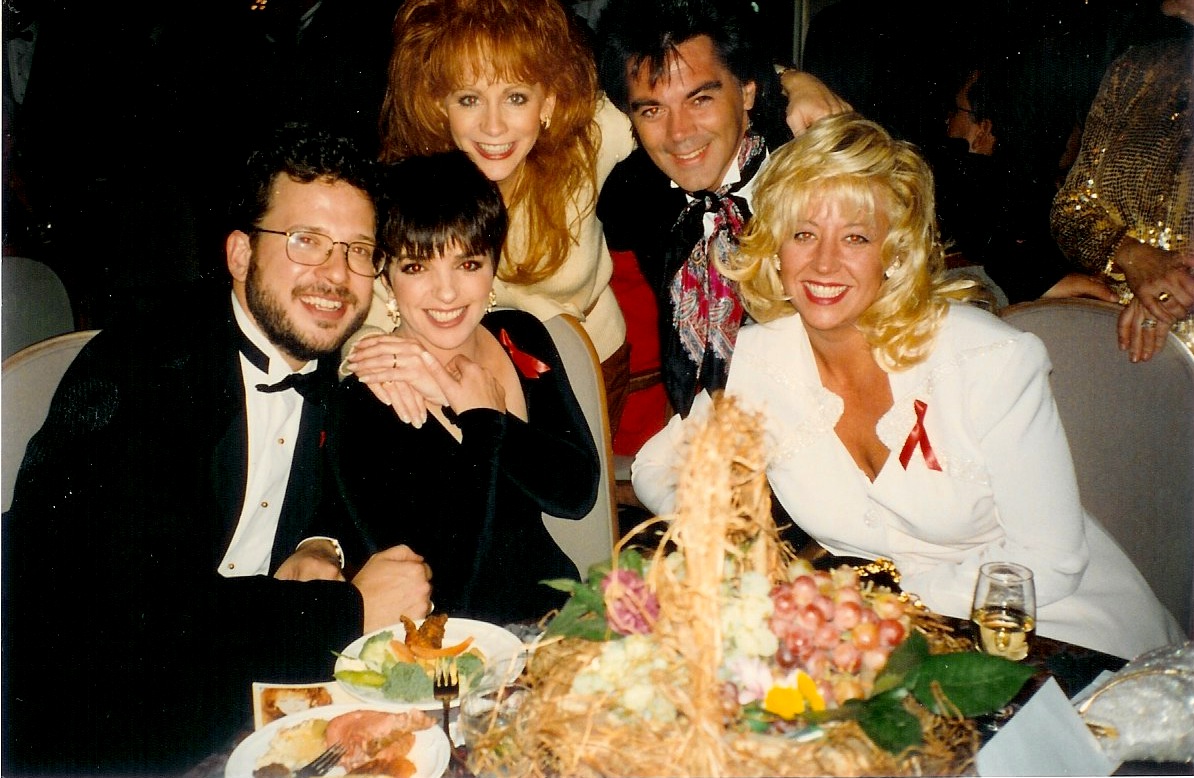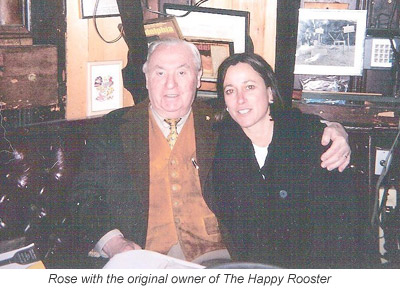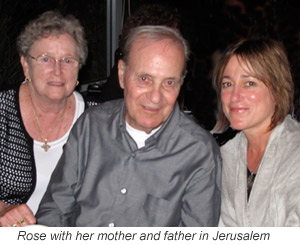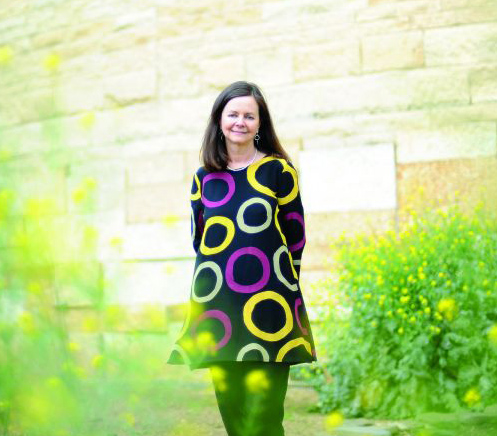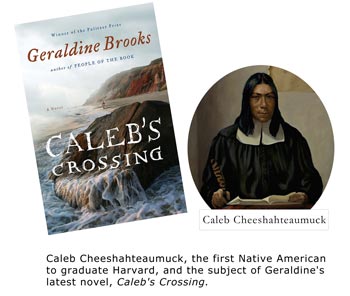Meet Jackie Zeman
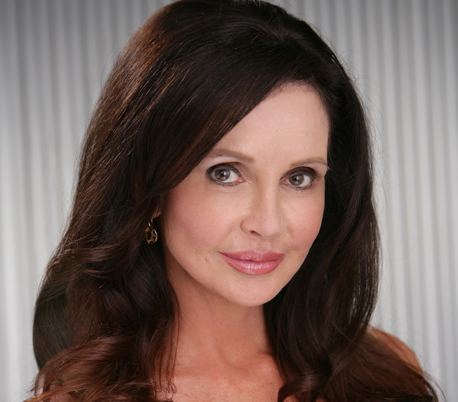
Location: Malibu, CA
Age: 58
Marital Status: Single
Education: Attended New York University briefly but left after landing a contract with One Life to Live
A few years later, without even auditioning, she landed a part as Bobbie Spencer on General Hospital, the longest-running soap opera in history. Viewers were instantly enamored with “Bobbie,” the “girl from the wrong side of the tracks,” who, despite an abusive childhood put herself through college and became a nurse at General Hospital. In Jackie’s thirty-year run portraying Bobbie Spencer (her contract with the show officially ended in 2007, although she still makes infrequent appearances), the character has a faked pregnancy, abuse by her husband leading to a hysterectomy, a murder charge and the death of her daughter. “They [the viewers] felt like, ‘if Bobbie can get through this and everything that’s going on in her life, then I can get through my life,’” says Jackie.
FOFs relate to her, she’s astoundingly comfortable in her own skin and recently single—it’s no surprise that Jackie was recently tapped as spokeswoman for Zestra female arousal oil.
“Every woman deserves great love, romance and sex,” says Jackie. “It’s a gentle, beautiful, wonderful way to enhance sexual enjoyment.”
You don’t look 58!
I feel good. You get to the point where it’s more about how you feel than how you look.
Where do you live?
Malibu. It’s gorgeous, I’m looking out onto the ocean right now and I can see Catalina and Santa Monica.
Where did you grow up?
New Jersey.
Do you have siblings?
I have two sisters named Lauren and Carol.
What did your parents do?
My mom was a homemaker and my dad worked for IBM. He was a computer whiz long before anyone had a personal computer.
What was your childhood like?
I started dancing when I was five and loved it. I was like the neighborhood producer, putting together talent shows with kids on my block. My mother would sew all my costumes for recitals and my grandma would do the smocking. Dancing became a family thing—a way to have something positive together.
When did you start acting?
In high school. We had a great drama department at Bergenfield High School. I got cast in all of the plays and loved it. I played Peggy Evans in Come Blow Your Horn and Puck in A Midsummer Night’s Dream.
What happened after high school?
I worked as a professional dancer and choreographer and a Playboy Bunny. I did a few commercials. I was the Jergens soap girl and a tap dancing tomato in a kitchen commercial!
Were you always interested in soap operas?
Yes. I have such fond memories of watching them with my mom during lunch hour in elementary school. We watched Search for Tomorrow, Guiding Light and Love of Life. As I got older I watched General Hospital, All My Children and One Life to Live. I remember sitting in a Bagel Nosh in New York with my boyfriend Murray Kaufman (Murray the K), a famous disc jockey, and I said to him, ‘I’d really like to be on a soap opera.’ Soap operas at the time were fifteen minutes and I thought I’d only have to work a half-hour day.
Did you go to college?
I went to NYU for a year on a dance scholarship then went back to NYU for pre-med but after a year I was offered a contract for One Life to Live. I was twenty. That was the first contract I was ever offered and it really built up my confidence. Following that, I was offered the role of Bobbie on General Hospital. I didn’t even audition.
Why do you think people love soap operas?
There’s a feeling of ownership the audience has to the stories and the characters. People would come up to me and say ‘General Hospital—that’s my show. Your character, Bobbie, is my favorite person.’ When my own daughters were born, fans sent baby blankets they made for me. They would name their own children after me or my character.  It’s also a generational thing—children, moms, grandmothers watch the same shows.
It’s also a generational thing—children, moms, grandmothers watch the same shows.
General Hospital is one of the longest soap operas running. Why do you think it outlived all the others?
Thirty years ago, soaps were just about women, by women, for women. Men don’t always want to admit that they watched soap operas, but they did! I know because I got letters from them! Gloria Monty and Wendy Riche, who were the producers at the time, knew that and started to create story lines that featured men.
How are you like your character Bobbie?
We come from very different backgrounds. Bobbie was from the wrong side of the tracks. She was from a very dysfunctional, abusive family. But one of the things I love so much about Bobbie is, like me, she felt education was important and got herself through college and became a nurse. She also has a very strong maternal instinct like I do. Bobbie didn’t always make the best decisions but her intentions were always good.
Are you married?
I was married for 19 years to Glenn Gordon, the father of my children, and we divorced about four and a half years ago.
Are you dating?
I am!
How is dating different at this point in your life?
I don’t date men that are younger. I date men my age or older. What I’ve noticed is that a lot of men are using sexual enhancement drugs. Women are feeling very pressured to keep up with that.
Tell me about your involvement with Zestra.
About 7 months ago, they approached me about being a spokeswoman for the product and I was absolutely thrilled. For the most part, women don’t have trouble speaking about love and romance but there is a hesitancy when talking about sex.
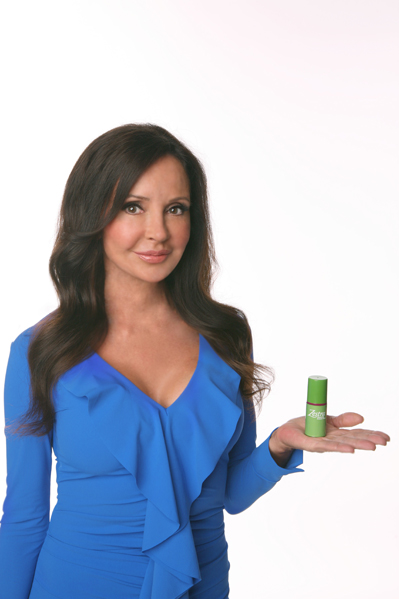
Why do you think they chose you as a spokeswoman?
From being on General Hospital, I’ve had an opportunity to talk to so many women about their love and intimate lives. There are also so many parts of my life that other women can relate to such as having been married for nineteen years, divorcing and dating. I am a working woman and a mother—I raised my two daughters, Lacey, 19, and Cassidy, 21.
What do you like about Zestra?
You don’t need a prescription for it. It’s all natural; there are no chemicals, and it’s topically applied.
What message are you trying to get across as spokeswoman for Zestra?
Every woman deserves great love, romance and sex. No matter where you’ve been or where you come from, you have a future, so choose to be happy!
What else are you working on now?
I just started on a new indie drama series called The Bay. I’m playing Sophia Madison, the mayor’s wife. The producer and head writer, Gregori Martin, put together the most incredible cast with a lot of people like myself who have been in daytime television for a million years as well as some young fabulous newcomers. I also just completed a book called Turn Your Acting Talent Into a Successful Career.
How do you make time for it all?
For many years, when I was raising my daughters and working, I sometimes felt like a gerbil on a wheel. I have learned to be gentle with myself and to be selective. I have learned it is my choice how to spend my time and don’t react to other people’s agenda.
How do you relax and rejuvenate?
Every morning I walk or jog, even if it’s raining! It’s my time to regroup and have an hour to myself.
What is your beauty routine?
I never go to sleep with makeup on. I do at-home facials and use olive oil on my skin and in my hair as a conditioner.
How do you stay fit?
I lift weights. I have five pound arm and ankle weights. It’s really important for your bone density.
How do you describe your style?
Simple and kind of classic. I prefer dresses and skirts to pants, and I prefer heels to flats. I’m a girly-girl.
Advice for women over fifty?
When you turn fifty, take the time for a heartfelt self review. Ask yourself where have you been, where you are at the moment and what are your future goals. Then, put yourself on the list of VIPs in your own life. Think about what you want and how to meet those needs, so you can create your best life.


